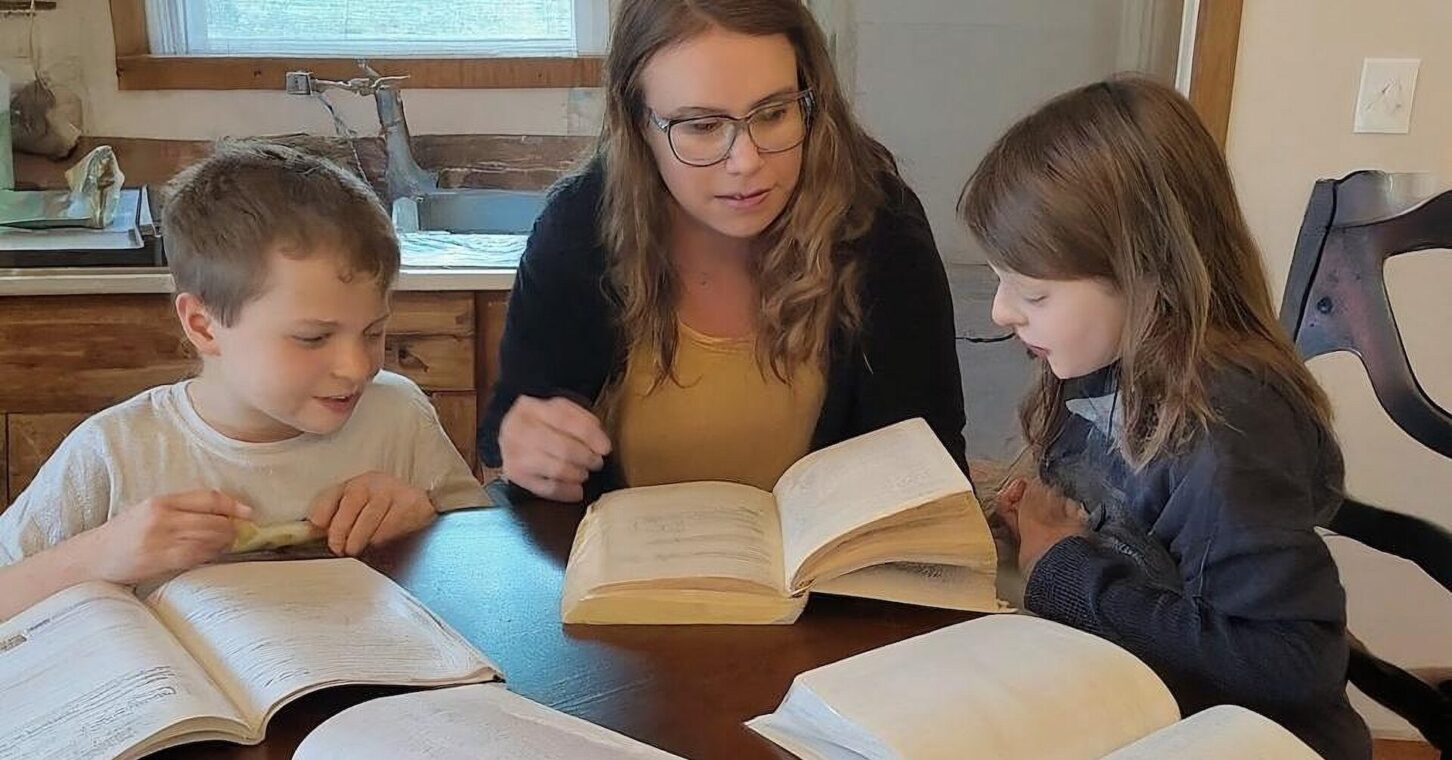
Children across Georgia will soon be returning to school. Recently, however, “back to school” has begun to look a little different for a growing number of students. That is because the delivery of education across the country is evolving to meet changing needs. And Georgia lawmakers have already begun to respond to this change.
According to recent data from the Washington Post, homeschooling is the fastest growing educational sector in the country, and it’s not even close. Dating back to 2017, the nation saw a 51% rise in the number of homeschoolers. For comparison, during that same time, there was a 7% rise in the number of private school students and a 4% decrease in the number of public school students.
The dramatic increase in homeschool students, especially relative to private school enrollment, is telling of how perception of the traditional school model is changing. Typically when pundits and lawmakers talk about how the environment of education is changing, they refer (with either positive or negative connotations) to how students and money are flowing from public to private schools. However, the attraction to homeschooling that those figures indicate shows an even starker rejection of the traditional school model. For parents who are making these new choices, it is not about one system or another, nor about Friday night lights, but about what is best for their child.
We know most of these changes, at least for homeschoolers, have taken place over the past four years, following the pandemic. We’ve also learned, largely from our pandemic-era experience, that homeschooling doesn’t look exactly like it once did. A large chunk of this growth is in what is now commonly referred to as microschools or some other organized (or not) structure.
They may also be called hybrid schools, but the theme is the same: Students are part of a smaller school, attending some classes in a physical building and doing some of their work at home. There are opportunities for field trips, extracurricular activities and, most importantly, education personalization. The school may offer project-based learning, student-directed curriculum, classical education, Montessori or other educational approaches not typically found in traditional schools. Because of the small size needed to start, you can have many more choices than are currently available with a pluralism of learning models not found even a generation earlier.
Microschools can be started much more quickly than traditional brick-and-mortar private schools. They require less overhead, less physical space and a smaller staff. In fact, many microschools were started by one person, often a former public school teacher who decided to start something new.
Ironically, as we move further into the future and take advantage of all the resources of the 21st century, we are also moving back to the earlier educational model of the one-room schoolhouse.
During this same time, we have also seen state legislatures advance school choice policies, usually education savings accounts that allow parents to use a portion of their education tax dollars on their child’s education. This means that parents could use the funds to go to a variety of educational options, allowing parents to truly customize their education.
In Georgia, Promise Scholarship Accounts will be available to families in the lowest rated school districts next fall. These will be the first such ESAs in the state when the program goes into effect.
Three years before that, Georgia passed legislation that protected a new educational approach from government overreach. The Learning Pods Protection Act defines learning pods in the Georgia Code and clarifies that they are not schools or child-care centers and should not be regulated as such. They are exempt from, among other things, staffing ratios and certification requirements. This allows educational entrepreneurs to focus on their students and not government regulations designed for brick-and-mortar schools.
As the Georgia Promise Scholarship is rolled out, and as parental interest in a smaller, individual school setting only grows, look for learning pods and microschools to play an ever growing role in the educational landscape.
In context, we have seen legislative changes follow changes in preferences. School choice advocates have made the argument for years that families should not be locked into schools and modes of education that do not suit them because of geographical, financial or other arbitrary restrictions. While this has often been an ideological point, the aforementioned exodus to homeschool shows a real desire for something different.
While we should not ignore the fact that most students and families still prefer traditional public schools, we similarly cannot ignore the fact that the way Americans think about education is changing. Lawmakers and administrators have a responsibility to provide options to families and build on the progress we’ve made.
If you are interested in starting a microschool, or know someone who is, please check out our comprehensive guide on starting your own microschool.